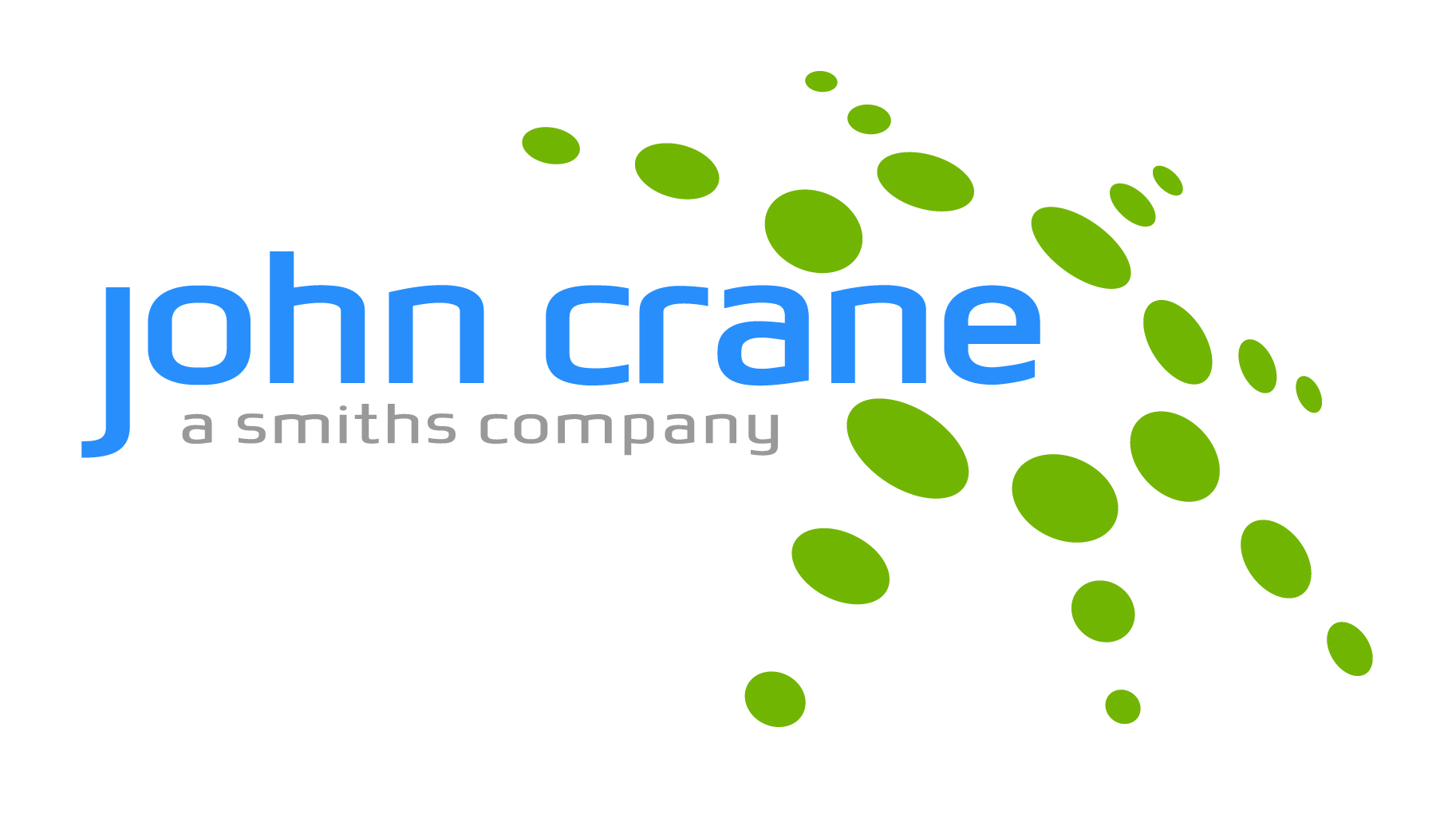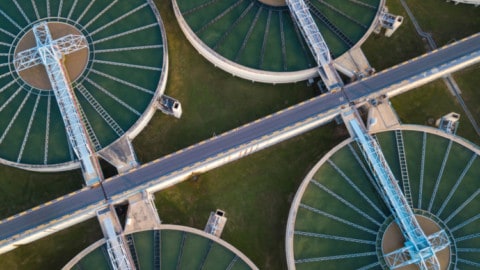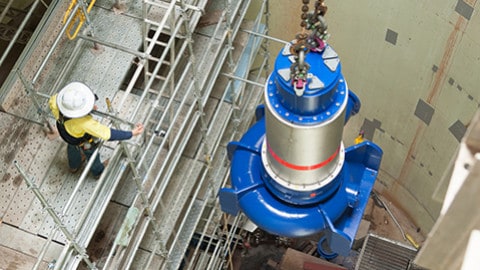Pump Industry Australia (PIA) publishes two handbooks which are specifically designed for the Australian pump industry: the Australian Pump Technical Handbook and the Australian Pipe Friction Handbook. These publications are handy reference volumes for those who work and are associated with the pump industry such as manufacturers, distributors, educators, designers, operators and users. Both of the books are easy to follow and can be readily understood with a minimum of technical expertise. It is PIA’s constant aim to ensure that these publications comply with the very latest pumping practice and standards, and as a result both publications have recently been reviewed and updated.
Australian Pipe Friction Handbook

The Australian Pipe Friction Handbook is currently in its fifth edition, having been reviewed and brought into line with the latest Australian Pipe Standards in 2020.
The handbook is split into two sections – the first section covers a series of friction tables which cover the following pipes and tubes, including:
- Commercial steel and stainless pipe
- Large fabricated steel pipe
- Medium and heavy duty galvanised steel pipe
- Uncoated and cement lined ductile iron pipe
- Copper tube
- Brass tube
- Stainless steel tube
- Series 1 and 2 PVC pipe
- Polyethylene pipe
- Rural polyethylene pipe
- Aluminium irrigation tube
- Elastomeric rubber hose
- Concrete pipe
All the above listed tables are based on current Australian pipe and tube standards except for the commercial steel and stainless steel pipe, a very common pipe used in Australia, which conforms to ASME/ANSI B36:10M-2013 and ASME/ANSI B36:19M-2013.
The main changes for this edition are; firstly, the recalculation of the two ductile iron pipe table sets as the latest standard upgrade involved a change to many internal pipe diameters. Secondly, the addition of an extra page at the start of the commercial steel pipe tables to explain that the tables in this section can be used up to 250mm N.B., for stainless steel pipe as well as wrought steel pipe.
In addition to the above tables, there are tables for the friction loss of viscous liquids in commercial steel pipe and a chart for the calculation of friction loss in layflat hose.
The second section covers how to calculate the friction loss in a wide range of pipe fittings, valves, etc., together with instructions on how to calculate a pump system total head using the tables in the first section and the fittings in section two. In addition, this section has a range of tables which are useful to the pump engineer.
In summary, the Australian Pipe Friction Handbook covers all you need to know on how to calculate the total head of a pump system.
Australian Pump Technical Handbook
 The fifth edition of the Australian Pump Technical Handbook is a widely recognised text that has been produced and designed for the Australian pump industry. The handbook is for those wishing to learn about pumping and to acquire the technical knowledge of pumps and their operation including the overall pump system.
The fifth edition of the Australian Pump Technical Handbook is a widely recognised text that has been produced and designed for the Australian pump industry. The handbook is for those wishing to learn about pumping and to acquire the technical knowledge of pumps and their operation including the overall pump system.
The handbook begins by outlining the units, notations and terms used in pumping, followed by details of the classification of both centrifugal and positive displacement pumps.
The next chapters comprehensively cover the characteristics, selection and application of centrifugal, positive displacement and slurry pumps.
The efficient operation of pump systems is covered in a chapter detailing where pump and system efficiency losses can occur and how they can be minimised.
The chapter ‘What are pumps made of?’ discusses the metallic and non-metallic materials that pumps are constructed from and provides basic pump material selection data for applications other than water. A table of Australian, European and American material standards is included.
Pipe systems are covered including how to calculate system head which is done in conjunction with the PIA Australian Pipe Friction Handbook.
Good intake design is critical to the correct and efficient operation of a pump system and is extensively covered together with how to construct a wide variety of intakes. The common problems to be avoided with intakes – as well as solutions – are discussed.
The pump test chapter covers the standard to which pumps are tested, what data comes from a pump test and the applicable test tolerances.
There are two chapters covering Installation, Commissioning, Operation and Maintenance and Troubleshooting, which discuss what should happen to a pump after site delivery, to the point where the pump is in full operation.
Finally, there are sections covering conversion tables and pumping formulae.
The above illustrates the comprehensive nature of the Australian Pump Technical Handbook, which we recommend to all those with an interest in pumping.
The revised and updated editions of PIA’s Australian Pipe Friction Handbook and Australian Pump Technical Handbook are available for purchase via the PIA website at https://pumps.org.au/publications/.



















Comments are closed.
WHAT DO I NED TO DO TOO PURCHASE BOOKS?